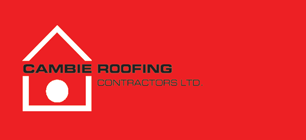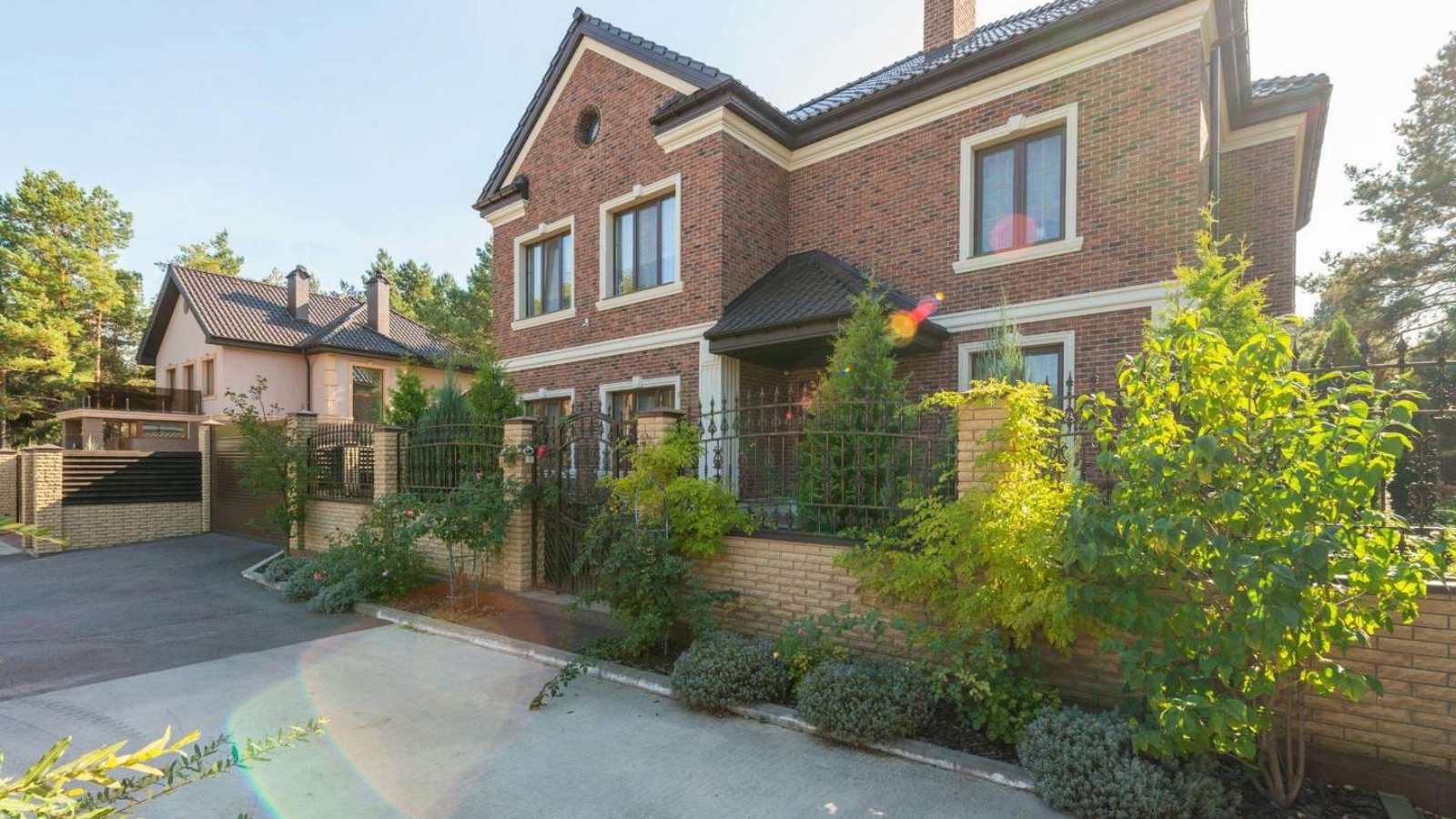Why should you trim plants and trees away from your roof? From a health and maintenance perspective, it’s pretty much a no-brainer.
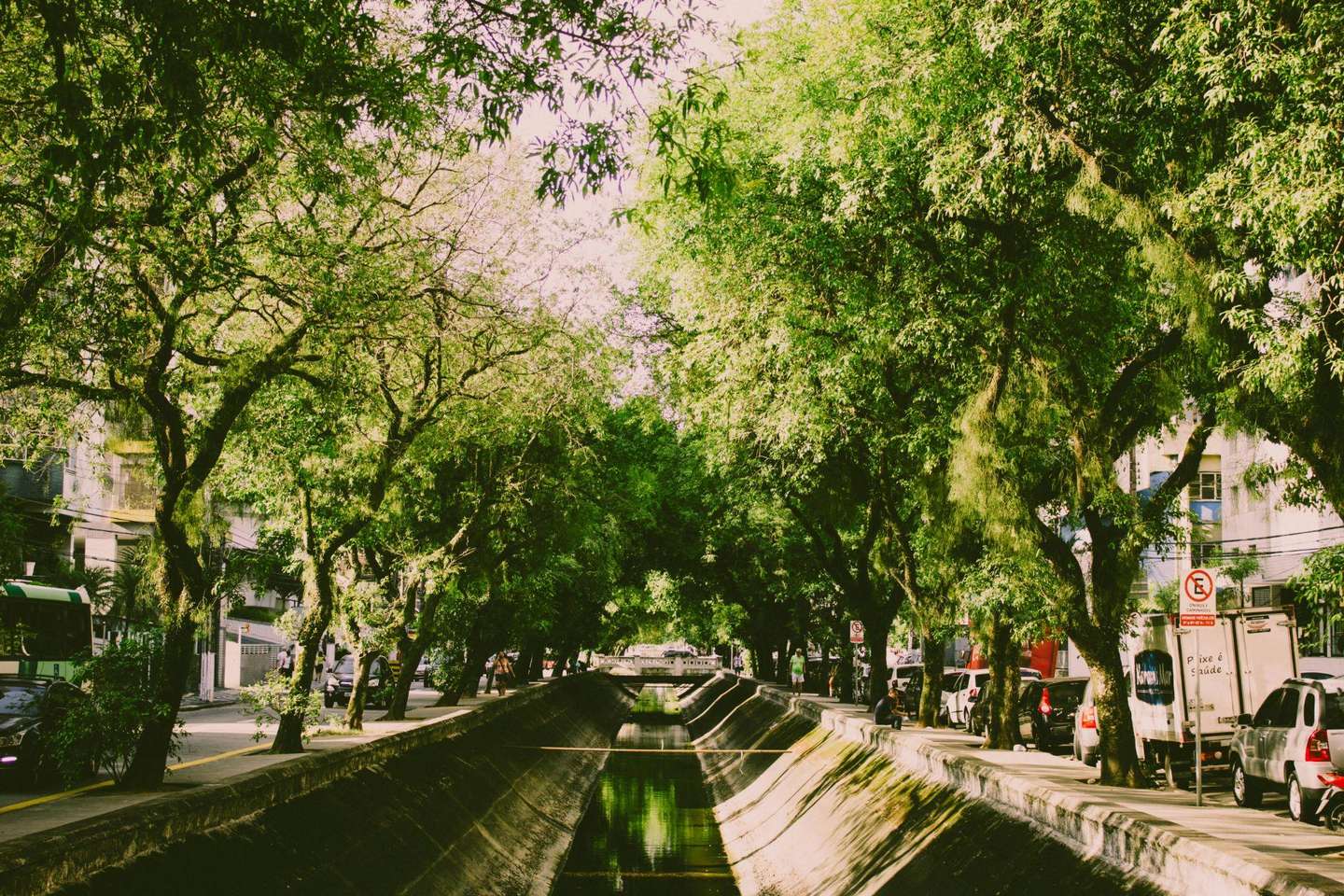
Plants, Trees, and Roofs: A Complicated Relationship
Never underestimate the curb appeal of plants and trees.
Vancouver is well-known for its tree-lined streets and immense greenery; even in its most urbanized areas, Vancouver is full of tall, old trees, widespread parks, and impressive green spaces. The benefits of this green-forward mentality are widespread and numerous – environmentalism, mental health, and recreation are among the most prominent – but one of the main benefits is the curb appeal that a lush landscape lends to your home, not to mention the increased home value that goes hand-in-hand.

That said, all those plants and trees can cause their fair share of problems – especially in regards to your roof. Let’s take a look.
The Drawbacks of Plants and Trees Growing Near Your Roof
When trees and plants encroach too closely on your roof, they can become a costly headache. Overhanging branches, creeping vines, falling leaves – all pose serious risks to your roofing system. Here’s why you should keep plants and trees at a safe distance from your roof—and how to do it right.
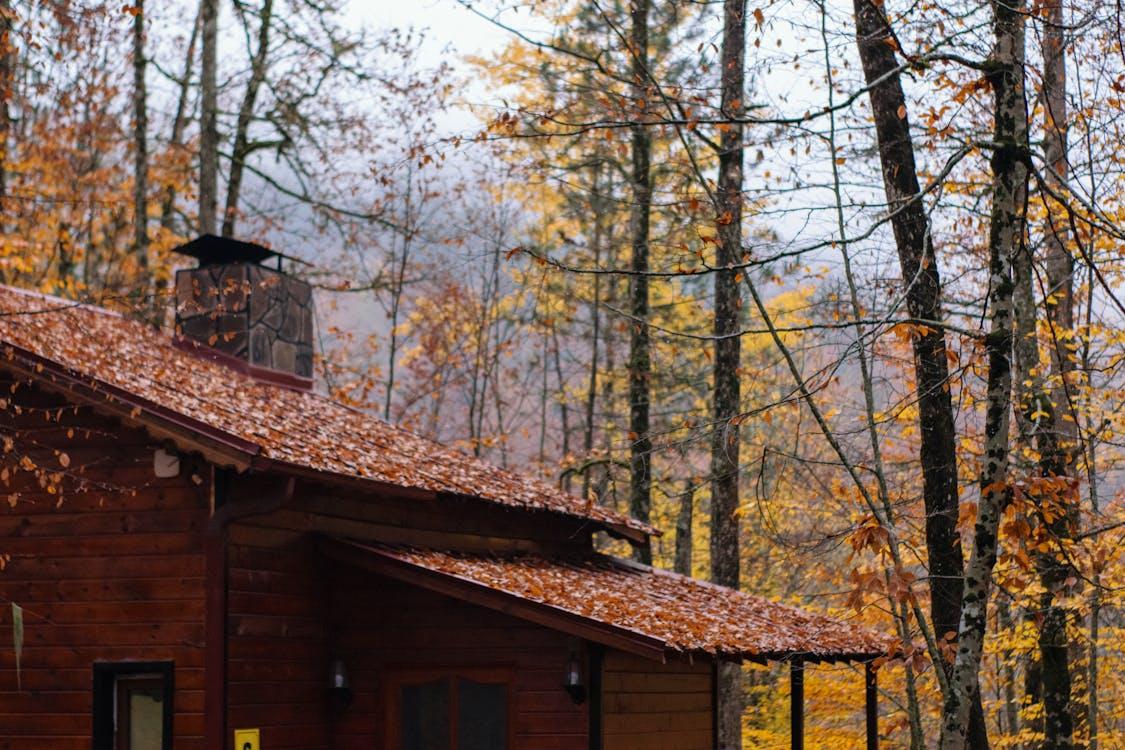
Branch Damage
Overhanging branches are one of the biggest culprits of roof damage. Even small branches can scrape against shingles, wearing down protective granules and exposing your roof to leaks. During storms, heavy branches can snap and cause significant structural damage, leading to expensive repairs—or even a full roof replacement. Trees can even fall on houses during particularly nasty storms.
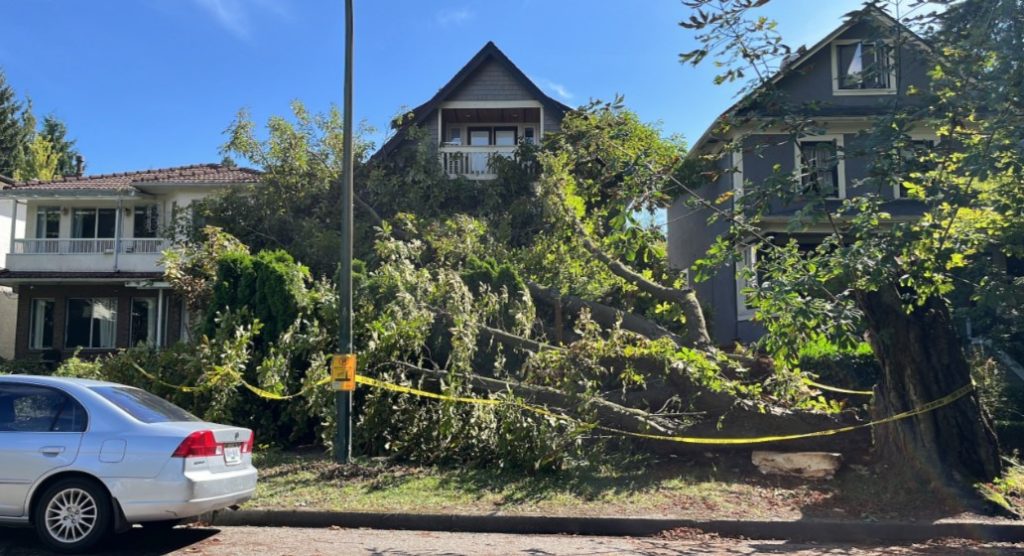
The solution: trim back any branches that hang over your roof. If branches are big or out of reach, call a professional. Ideally, trees should be at least six to ten feet away from your home.
Leaves and Debris Clog Gutters
The more deciduous trees surround your house, the worse it can be. Falling leaves, twigs, and organics can quickly pile up in your gutters, causing clogs, pooling, and water overflow. When water can’t drain properly, it seeps under your shingles, rotting wood and causing mold growth. In winter, trapped water can freeze and create ice dams, leading to even more extensive damage. The best way to combat this is to clean your gutters at least twice a year. Installing gutter guards can also help reduce buildup.
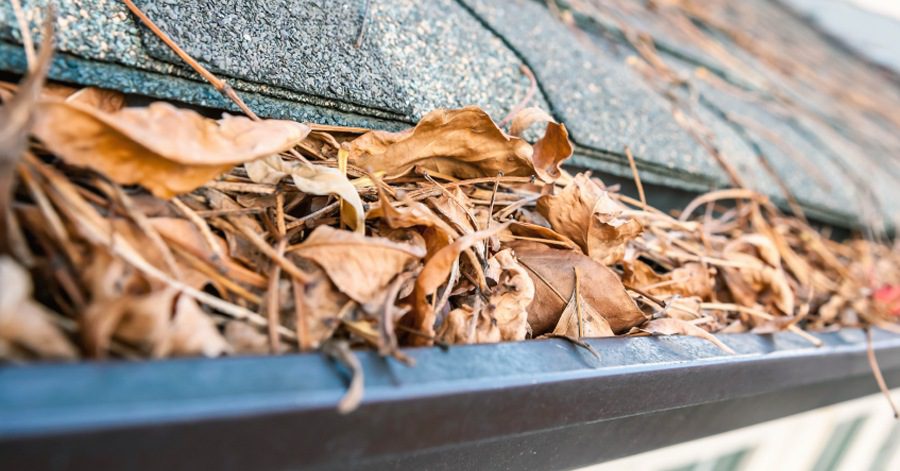
Moss and Algae Thrive in Shaded Areas
Trees that cast too much shade over your roof create the perfect conditions for moss and algae growth. Moss and algae retain moisture and disrupt shingles, which can lead to deterioration and leaks. Moss, in particular, can lift shingles and allow water to seep underneath. The best way to fight moss and algae growth is to trim large trees and plants to ensure that your roof is getting enough sunlight and to remove organic growth as it appears.
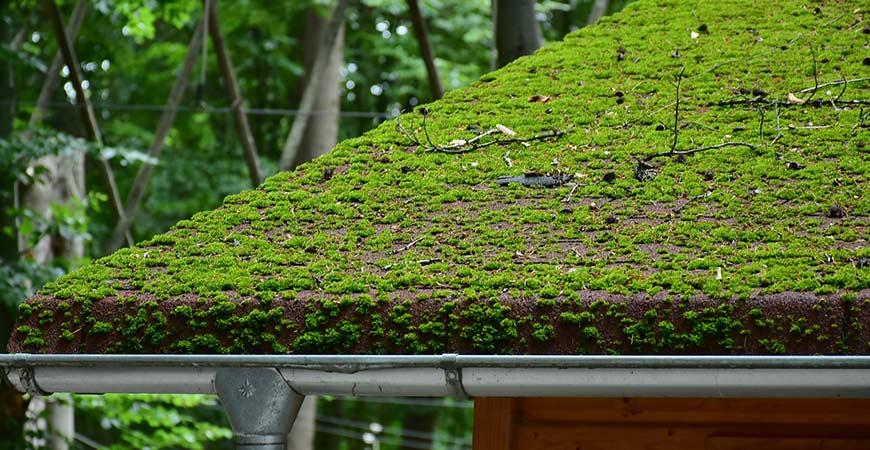
Animals Use Branches to Get On Your Roof
Rodents, squirrels, and raccoons use branches as a bridge to get onro your roof.
Once they reach your roof, they can chew through vents, rip up shingles, and make their way into your attic—causing costly infestations. Again, the best way to aboud this problem is to keep branches and vines well away from your home – and to speak to a professional to help look for weak spots.
The Bottom Line
Trees and plants are immensely beneficial to your property, but they shouldn’t put your roof at risk. The good news? It’s still possible to have it both ways! By maintaining a safe distance and keeping up with regular pruning, there’s no reason to avoid having a full, lush landscape. You can protect your roof from costly damage while still enjoying natural greenery. A little preventive maintenance goes a long way in preserving the integrity of your home’s most important shield — your roof.
Need roof maintenance services, inspections, or roofing tips? Get in touch today – and stay tuned for more insights on keeping your home safe and sound!

